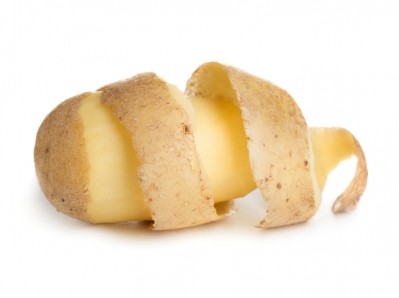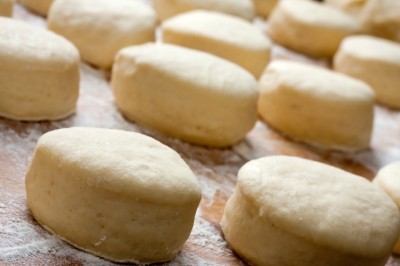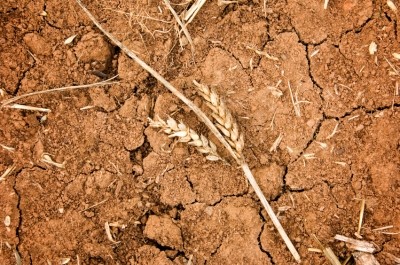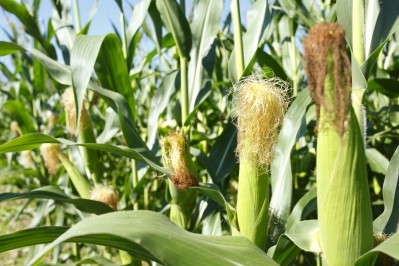Milling & Grains bite-size science
Maize yield boost, chestnut flour value, deep soil management
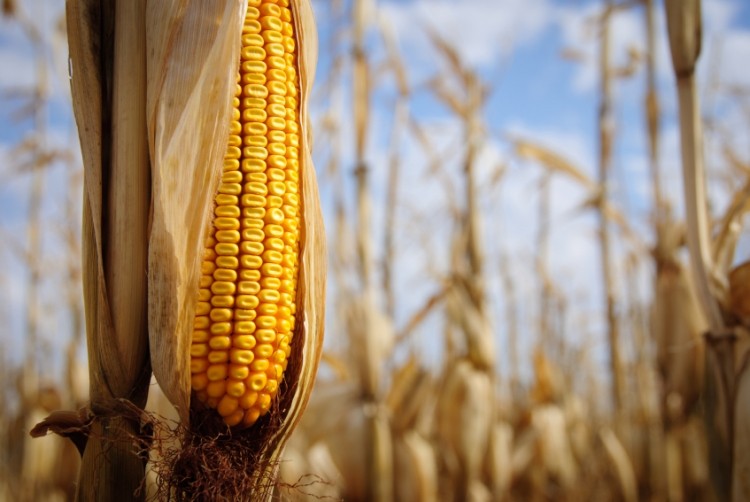
Leaf removal can increase yields
Removing the upper leaves of high density maize crops optimizes photosynthesis and can increase yields by up to 15%, say Chinese scientists.
The researchers carried out a series of leaf removal tests on maize plants grown at a density of 105,000 plants per hectare in the Shandong province of the North China Plain.
They discovered that removing the uppermost and second layer of leaves increased the duration of canopy apparent photosynthesis (CAP) and improved both the green leaf area index (LAI) and total dry matter weight at physiological maturity, resulting in a higher harvest index (HI) compared to the control.
Although, these parameters declined substantially in plants under excessive removal treatments.
Removal of four or six leaves at the very early grain filling period, when kernel sink capacity is still being established, caused a marked reduction in yields due to decreased kernel number per plant and kernel weight.
Source: Field Crops Research
Published online ahead of print doi:10.1016/j.fcr.2014.09.015. January 2015, volume 170, pages 32–39
“Optimum leaf removal increases canopy apparent photosynthesis, C-photosynthate distribution and grain yield of maize crops grown at high density”
Authors: Tiening Liu, Limin Gu, Shuting Dong, Jiwang Zhang, Peng Liu, Bin Zhao
Adding value and substance to soft wheat flour
Chestnut flour is sometimes added to soft wheat flour to up nutritional and functional qualities of bread, but there is minimal data about staling properties and affects on dough formation.
A recent study into the physical and chemical differences between soft wheat bread containing chestnut flour, and standard soft wheat bread, found that an optimum bread formulation could be achieved with a ratio of 20:80 chestnut- soft wheat flour.
Writing in the Journal of the Science of Food and Agriculture, the authors said moisture migration during shelf life was different in the enriched bread but crust moisture remained unaltered and there was a delay in the aging process.
In conclusion, the researchers said the resulting ‘functional bread’ exhibited positive nutritional and technological properties, as well as ‘acceptable’ and ‘typical’ sensory qualities.
Source: Journal of the Science of Food and Agriculture
Published online ahead of print DOI: 10.1002/jsfa.6843. January 2015, volume 95, issue 1, pages 59-65
“Short-term storage evaluation of quality and antioxidant capacity in chestnut–wheat bread”
Authors: Massimiliano Rinaldi, Maria Paciulli, Chiara Dall'Asta, Martina Cirlini, Emma Chiavaro
Improving efficiency in water-stress areas
Scientists have come up with a solution to improve water and phosphorus (P) efficiency in plant crops in water-stress regions.
Applying phosphorus fertilizer and water to deeper soil layers or parts of the plant roots only increase maize water and P efficiency as well as plant growth, they say in a report published in the Journal of Plant Nutrition and Soil Science.
Soil column and split-root experiments were performed to simulate the effects of localized P and water on maize shoot growth, root morphology, water-use efficiency and P uptake.
They also investigated the benefits of deep P application and side or band-dressing of P with partial irrigation.
Results revealed that water use efficiency (WUE) was much higher when water and P were located in the same area or compartment, whereas WUE showed a decrease if the whole root system was supplied with sufficient water.
The researchers therefore concluded that supplying water to a partial root system not only saves water (up to 50% of the water in the full-water treatments) but also improves WUE without impairing plant growth.
Source: Journal of Plant Nutrition and Soil Science
Published online ahead of print DOI: 10.1002/jpln.201400011. December 2014, volume 177, issue 6, pages 884–891
“The combination of localized phosphorus and water supply indicates a high potential for savings of irrigation water and phosphorus fertilizer”
Authors: Ai Zhan, Xinping Chen, Shiqing Li
